Content from the Brookings Institution India Center is now archived. After seven years of an impactful partnership, as of September 11, 2020, Brookings India is now the Centre for Social and Economic Progress, an independent public policy institution based in India.
Gender inequality is a serious concern in most sectors but the gap between men and women has narrowed the least in political representation . Women make up merely 22% of lower houses in parliaments around the world and in India, this number is less than half at 10.8% in the outgoing Lok Sabha. While this dismal statistic has only improved marginally in India over the last three election cycles, globally it has almost doubled, from 11.7% in 1997. Not coincidentally, this period has also seen a multitude of countries experimenting with a variety of quota policies. The proportion of women in the Italian Parliament, for instance, has increased from 11% (1996) to 31.4% (2013) following a quota policy implemented in 1997. Countries such as Bangladesh , Tanzania, Burundi and Argentina have had similar successes with the quota system in this period. In India, the cost of entering electoral politics remains prohibitively high for women candidates compared to men, especially when viewed in the context of nonpecuniary costs such as lack of exposure and cultural barriers. Left unaltered, the current electoral political system is unlikely to throw up more female leaders. Let’s take a look at the barriers to entry.
Male voters don’t vote for women
An analysis of state elections data over the last 50 years done by Mudit Kapoor and I in 2013 concludes that a part of this problem stems from the adverse sex ratio among electors. The study finds that women are more likely to contest elections in backward states like UP and Bihar where the sex ratio is skewed against them, making them an electoral minority compared to men. This implies that, increasingly, the average Indian voter is male and women are less likely to win elections in such states. Given that the cost of contesting election is higher for female candidates than male, in constituencies where the sex ratio is not adverse, women seek political representation by the simple act of voting. This means in places like Kerala and Tamil Nadu, where there are many more women in the electorate, women seek political representation by voting and not by directly contesting election.
Women have to run as independents
Now suppose the Women’s Reservation Bill — which proposes to reserve 33% of seats in Parliament and state legislative assemblies for women — was enacted in India, how prepared are our political parties to field more women candidates? After all, parties play a more significant role than voters as “gatekeepers” to political office across political systems and regimes , according to a report by the International Institute for Democratic and Electoral Assistance. In a recent Brookings India Working Paper titled Women in Party Politics, we analyzed Election Commission data on women candidates in Lok Sabha elections and studied the role of women leaders within Indian political parties. Our study found that political parties had failed to nurture women leaders, and their claimed support for the Women’s Reservation Bill is not reflected in either their candidate lists or party apparatuses. In the 2009 elections, women constituted only 7% of the total number of candidates. If we look at the break-up of this, we see that a majority of women candidates contested as independents (37%), while a smaller fraction contested as a part of recognized political parties (29%). This absence of women in the candidate lists of parties has remained a consistent feature over the past election cycles. The number of women running as independents, however , has been increasing at a much higher rate, indicating that more women are willing to run, but are not being backed by parties . Women constituted less than 11 % of total ticket-holders for almost all parties – much less than the 33% critical mass that the Women’s Reservation Bill calls for.
Stuck in women’s cells
This absence is a manifestation of party apparatuses that are unsupportive of women’s political representation. Across the political spectrum, women are scarcely represented in party leadership positions, and when they are, they are confined to women’s cells. This happens despite rulings in party constitutions for genderbased affirmative action. The constitution of the Indian National Congress, for instance, calls for 33 % seats in the party’s various committees, including the executive committee and the All India Congress Committee (AICC), to be reserved for women. But, in practice, none of these rules are met — only five of the 42 members of the Congress Workers’ Committee and just six of the 57 AICC members are women. In the Trinamool Congress, which pledges 33% reservation for women, none of the 30 vice-presidents are women, while the Aam Aadmi Party has only two among 24, significantly less than their 25% benchmark for their highest executive body. The CP(M), which has censured both BJP and Congress for their failure to pass the Women’s Reservation Bill, has only one woman in the 12-member politburo and 11 in the 74-member central committee. The BJP has been more successful with its internal party reservations – introduced as an amendment in 2007 – and represents the presidents of its state and national women’s cells in its central and state election committees. But while such changes have led to 26 of the 77 members of its national executive committee being women, there is a fear that these changes might just be cosmetic. Women still comprised a mere 11% of the party’s ticketholders in 2009 and are absent from the party’s economic, agriculture, security and legal working groups. The impact of the Women’s Reservation Bill — even if it were to pass — would remain insignificant unless Indian parties undergo fundamental structural reforms internally. A healthy pipeline of women leaders would have to be created within each party to fill the sudden demand from the reserved constituencies. In the absence of this pipeline, international experiences demonstrate that there is often a risk for quotas to result in tokenism, confining women candidates only to the reserved constituencies and causing political dynasties to proliferate.
This column first appeared in the Sunday Times, on May 11, 2014.
Image Source: UN Women
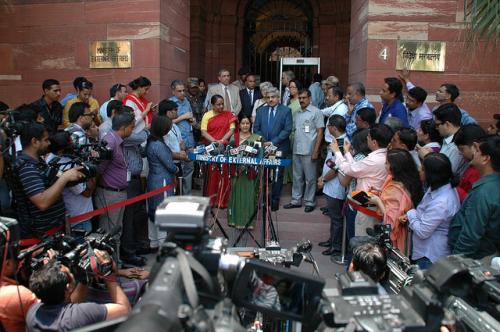
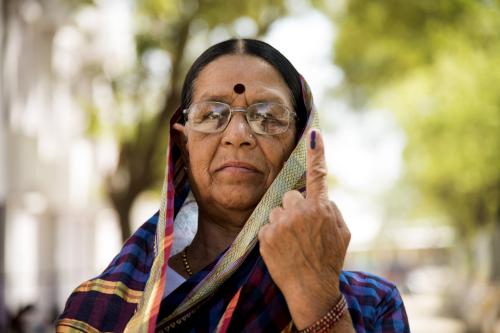
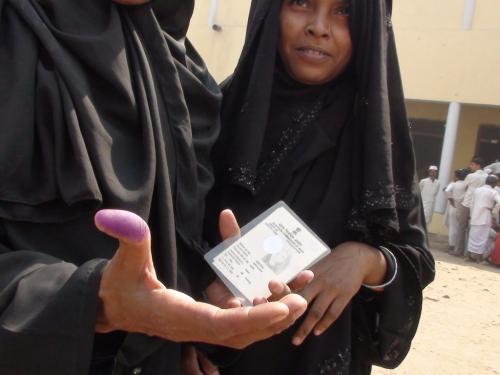

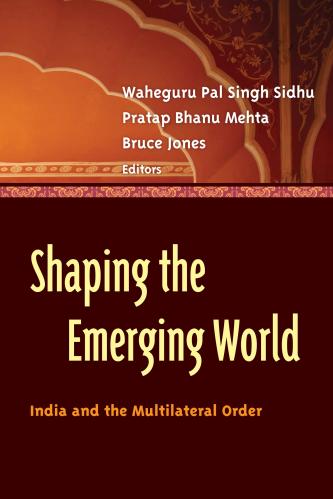

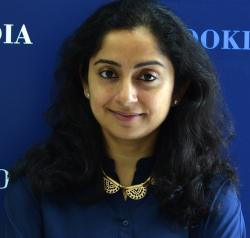



Commentary
Op-edWhy less ladies in the Lok Sabha
The Times of India
May 15, 2014